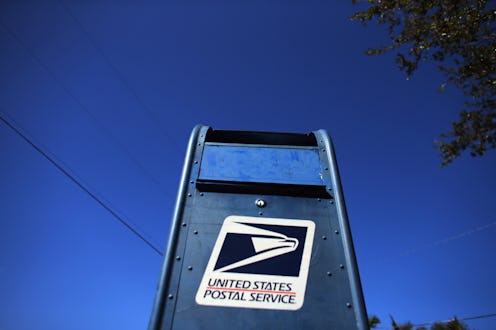News
U.S. Postal Service Using Surveillance Measures, Too!
Even though the Internet has all but killed snail mail—leaving the U.S. Postal Service in serious financial trouble, and all of us glued to tiny, fluorescent screens—don't think that means the government isn't tracking your mail as well.
Another "secret" surveillance program was thrust into the spotlight Wednesday when an FBI document summarizing the ricin investigation cited the decade-old 'Mail Isolation Control and Tracking' program. Started in 2001 in response to the anthrax attacks that killed five people, the program photographs the front of each and every piece of paper mail and stores them for future reference if necessary. That's about 160 billion letters every year. (Just imagine the number of e-mails they've got in a cloud somewhere. Biggest. Cloud. Ever.)
“It’s a treasure trove of information,” James Wedick, an ex-FBI official who participated in the program, told the New York Times . “Looking at just the outside of letters and other mail, I can see who you bank with, who you communicate with — all kinds of useful information that gives investigators leads that they can then follow up on with a subpoena.”
If government agencies need the information, they can apply to have records sent to them. Much like the NSA's tracking of phone calls, only the "metadata" is stored: in other words, only the information about the sender, respondent, and whatever else is on the front of the letter. Actually opening it requires a warrant, because that, apparently, would be too invasive.
The program has, at least, been useful in the solving of mail-based crimes. The wannabe actress who posted resin-laced letters to President Obama and Mayor Bloomberg was found and charged using the technology, and it was used successfully to track down founders of a $3 million prostitution ring. Drug smugglers and Medicare fraudsters have also been caught out via the program.
We know exactly what their file on us looks like...
